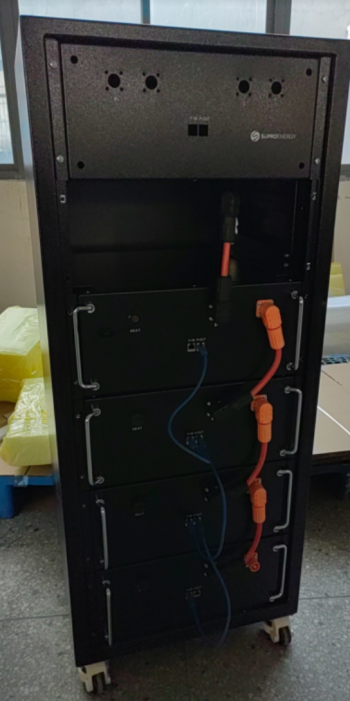1.Battery Type
Lithium-ion, Lead-acid, or other chemistries (specify which type is used).
2. Capacity
Rated capacity in kilowatt-hours (kWh), e.g., 10 kWh, 20 kWh, 50 kWh.
3. Power Output
Continuous output power in kilowatts (kW), e.g., 5 kW, 10 kW.
4. Voltage
Operating voltage range, typically in volts (V), e.g., 48V, 120V, 230V.
5. Charge/Discharge Rate
Maximum charge and discharge rates in kW or C-rating, indicating how quickly the battery can be charged or discharged.
6. Efficiency
Round-trip efficiency, typically expressed as a percentage (e.g., 90-95%), indicating how much energy is retained after charging and discharging.
7. Cycle Life
The expected number of charge and discharge cycles before capacity degrades to a certain level (usually 80% of original capacity).
8. Dimensions
Physical dimensions (length x width x height) in millimeters or inches.
9. Weight
Total weight of the system, typically in kilograms or pounds.
10. Operating Temperature Range
Temperature range for optimal performance, e.g., -20°C to +50°C (-4°F to +122°F).
11. Protection Rating
Ingress Protection (IP) rating, indicating dust and water resistance (e.g., IP65, IP67).
12. Communication Interfaces
Types of communication protocols supported (e.g., RS485, Modbus, Wi-Fi, Ethernet).
13. Safety Certifications
Compliance with relevant safety standards (e.g., UL, CE, ISO).
14. Warranty
Duration and terms of warranty coverage.
15. Additional Features
Smart Management Systems: Integration of energy management software for optimization.
Modularity: Ability to expand capacity with additional battery units.
Remote Monitoring: Features for monitoring system performance remotely.
